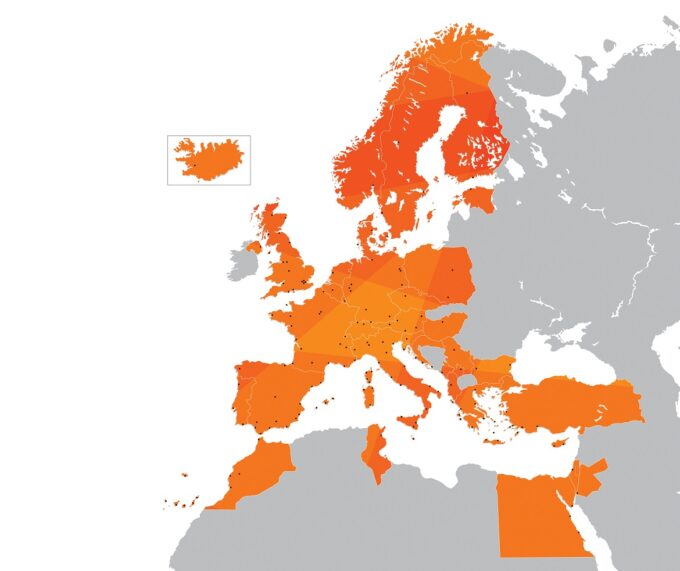Because of this reliance on subcontractors, easyJet organized workshops, role-reversal exercises, and simulations to explain its objectives and expectations. This was critical to ensure every player in the process could work towards easyJet’s objective of a 20-minute turnaround at the gate while maintaining safety. The company evaluated subcontractors not only on quantitative criteria, such as percentage of on-time flights, but also on qualitative criteria, such as understanding of the easyJet concept.
The right leadership, for the right stage of the company
Most disruptors will grow up to become incumbents as they move from launching new ideas to perfecting and executing the existing model. Once they get to this stage, they often – but not always – need new leaders. While the founder of a startup needs to have a unique idea, an appetite for risk, and an ability to keep pivoting and fixing to achieve a vision even when the odds are against them, the CEO of an incumbent company needs to be good at setting up processes, perfecting those processes, and sticking to them.
On a few occasions, entrepreneurial startup founders have successfully gone on to become CEOs of established companies by evolving their own leadership styles and learning from those around them. The two best examples in my opinion are Bill Gates, founder and former CEO of Microsoft, and Michael Dell, Founder, Chairman, and CEO of Dell Technologies.
A serial entrepreneur, Stelios decided to step down as CEO of easyJet in November 2002 to focus on growing his other ‘Easy’ companies, including EasyInternetCafe and rental car business easyCar. Stelios had also faced pressure from major shareholders that had wanted to see him less intimately involved with the airline, but he also admitted that there are better people to run established companies.
Unlike entrepreneurs who often have multiple failures, managers are hired because they have proven their ability to run processes and stick to budgets. While the leaders of disruptors are all about exploration, those who run incumbents know how to exploit a known business model to the max. As the saying goes, out of 100 innovators, 99 fail. Out of 100 managers, however, 99 succeed.
easyJet: The Web’s Favorite Airline by Nirmalya Kumar and Brian Rogers was the No. 1 case study sold by The Case Center between 1973 and 2023. Case studies, which posit real-life business situations, are popular teaching resources that enable participants to analyze real business scenarios and hone their leadership capabilities.
Order the case study here.







